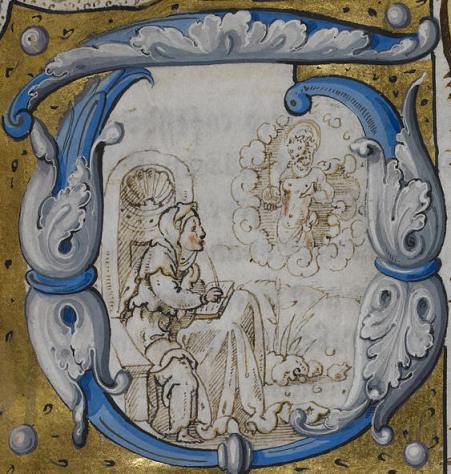The Middle Ages
The Swedish Middle Ages started in the eleventh century, but the
Swedes didn’t know it was the Middle Ages. The term was invented by
Italians who came up with that concept in the fifteenth century and by then
it was too late for anybody to argue about it. There was only one town,
called Sigtuna, but it was a pretty good time for the Swedes who could
afford it. There were fancy clothes, spices and music. Catholic churches
were springing up like mushrooms and painted with lots of colors.
Erik
the Holy was the King of Sweden in 1130. He led a crusade to Finland,
because the Finns had a reputation for being wild and pagan. Eric became
famous after getting murdered. Gore Vidal was the first to notice death
was a good career move, but that was centuries later.
Law And Order

Facial Reconstruction of Birger Magnusson
Birger Magnusson was a Swedish statesman
who ruled in 1250 AD. He founded Stockholm and became famous without
being murdered in the mid thirteenth century. He was a member of the
House of Bjelbo even though Hobbits had not been invented yet. During
his reign the four laws of peace were created: Women’s Peace, Home
Peace, Court Peace, and Church Peace. Dire penalties were prescribing
for anyone who violated a woman, attacked somebody in his home,
disturbed a trial, or behaved improperly in church.
The most severe punishment was to be declared an outcast from society.
There was no death penalty, but it was okay to kill outcasts if anyone
felt up to it, or was having a bad hair day.
The Navy
Cog Ship
Shipbuilding morphed into something called
the Cog ship. Cogs weren’t as cool as the long boats Vikings made, but
could haul more stuff. They could be rowed, but only for short
distances.
The Army
Armies were being modernized with horses and
suits of armor, but only Swedes with money could afford to dress up
like that. The men who owned horses and had enough money to arm
themselves did not have to pay taxes, and were soon being referred to as
the nobility. The church was also exempt from taxes. Only the peasants
had to pay taxes, kind of like it is today.
Birger Jarl (Jarl means like, Duke, or
something) was having fights with people that didn’t agree with him, but
he solved this problem by hiring German mercenaries. When the fighting
was over the Germans were encouraged to move in and there started to be
more Germans than Swedes. Swedes thought the Germans were cool and
wanted to talk like them. A lot of the Swedish words used today were
borrowed from the Germans. Cog ships were originally a German design.
Title page of Magnus Eriksson’s National Law code book
Magnus Eriksson became king when he was
three years old. A month later he inherited Norway from his grandfather.
Some people are born lucky. When he was sixteen he bought Skåna and
some islands from Denmark. He paid 49,000 silver marks and was broke for
most of his life after that. He ruled for forty-five years and did a
lot of work codifying the new Swedish laws.
Literature
Some Swedes started to write, but their
novels were published in doggerel. Doggerel is badly written poetry
which was probably first called, dog poetry, or poetry fit for dogs.
Poems in Catterel have never been translated, because they are too
complex for the human brain.

Saint Birgitta
Sweden’s best known writer was Birgitta
Birgersdotter. She didn’t like Magnus and referred to him as Magnus
Fondle, because he was trying to grab her all the time. She had eight
children by her husband. When he died she started having visions. God told her how Sweden should be run, and said that bad things were
going to happen to Magnus. Birgitta tried to get Magnus to pay attention
to what God said, but he told her to forget about it. She lived for
seventy years and was later elevated to sainthood.
After Birgitta died Denmark declared war on Sweden and took back most of the stuff Magnus bought from them. Magnus lost everything and spent six years in prison. St. Birgitta’s prophesies had come true. Eriksson’s son finally got him out of jail, and took him to Norway where they called him, Magus the Good.







No comments:
Post a Comment